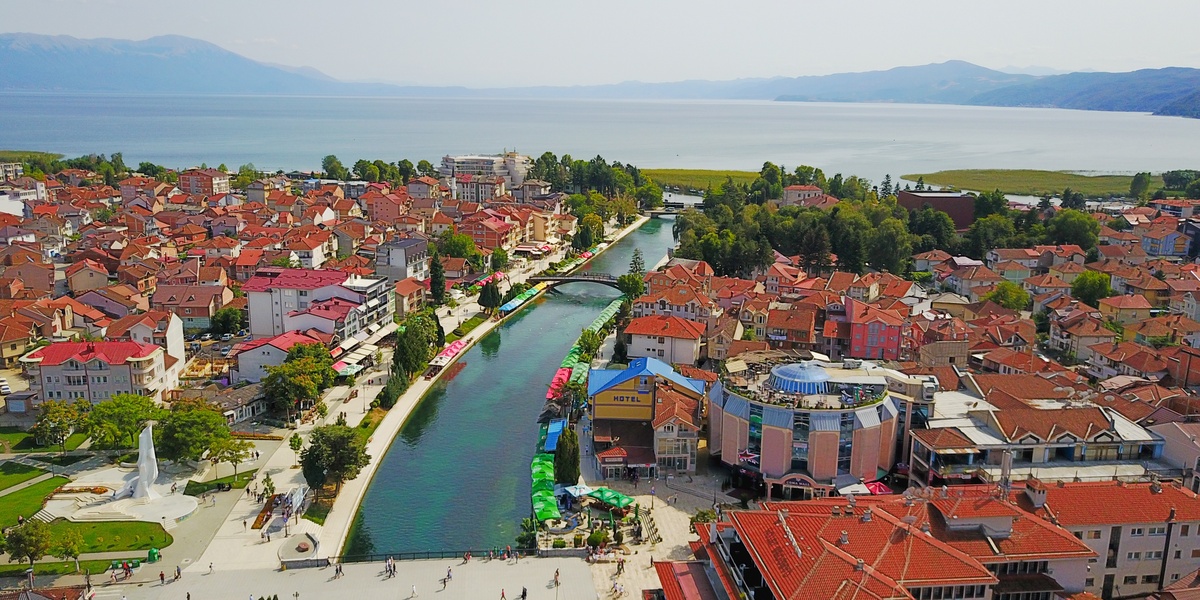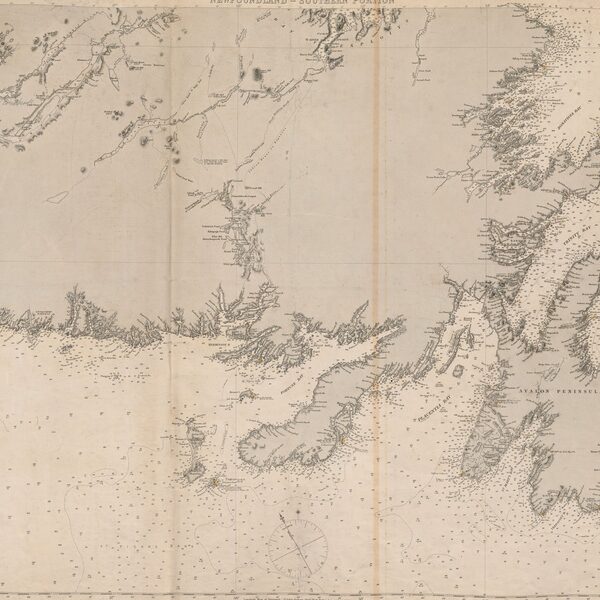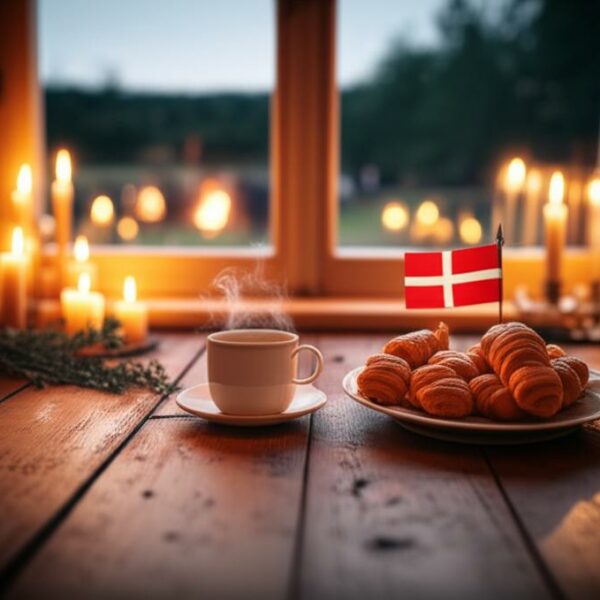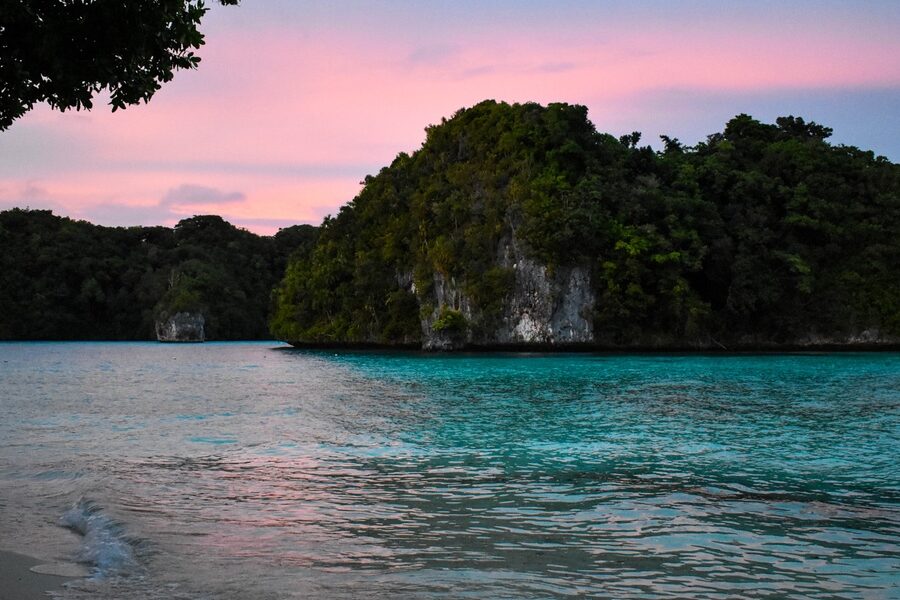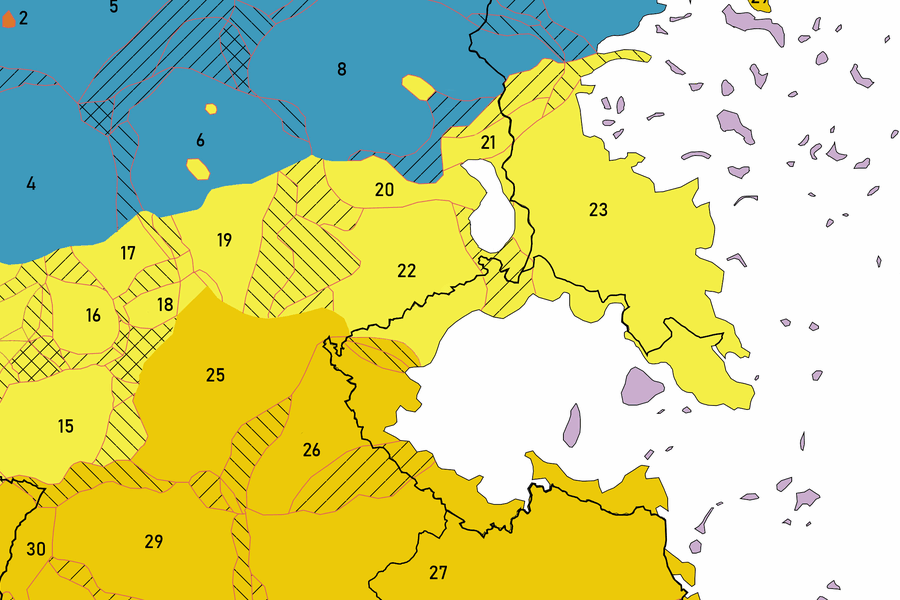Perched between jagged peaks and glacial lakes, North Macedonia can surprise even seasoned travelers. At dawn the Bronze Age stones of Kokino silhouette against a pale sky, and at dusk the clear water of Lake Ohrid—inscribed as a UNESCO World Heritage Site in 1979—glows gold. That mix of ancient observation points and pristine shorelines tells you something right away: this is a country where history and nature sit side by side, and where small scale equals big rewards.
Compact, affordable, and endlessly walkable, North Macedonia offers high-impact experiences without the crowds or sticker shock of Western Europe. From accessible mountain hikes to lively bazaars and a budding wine scene, the practical conveniences make planning easy. If you’re weighing reasons to visit north macedonia, expect layered history, varied landscapes, and a friendly travel rhythm that’s ideal for short breaks or longer explorations.
Natural Wonders
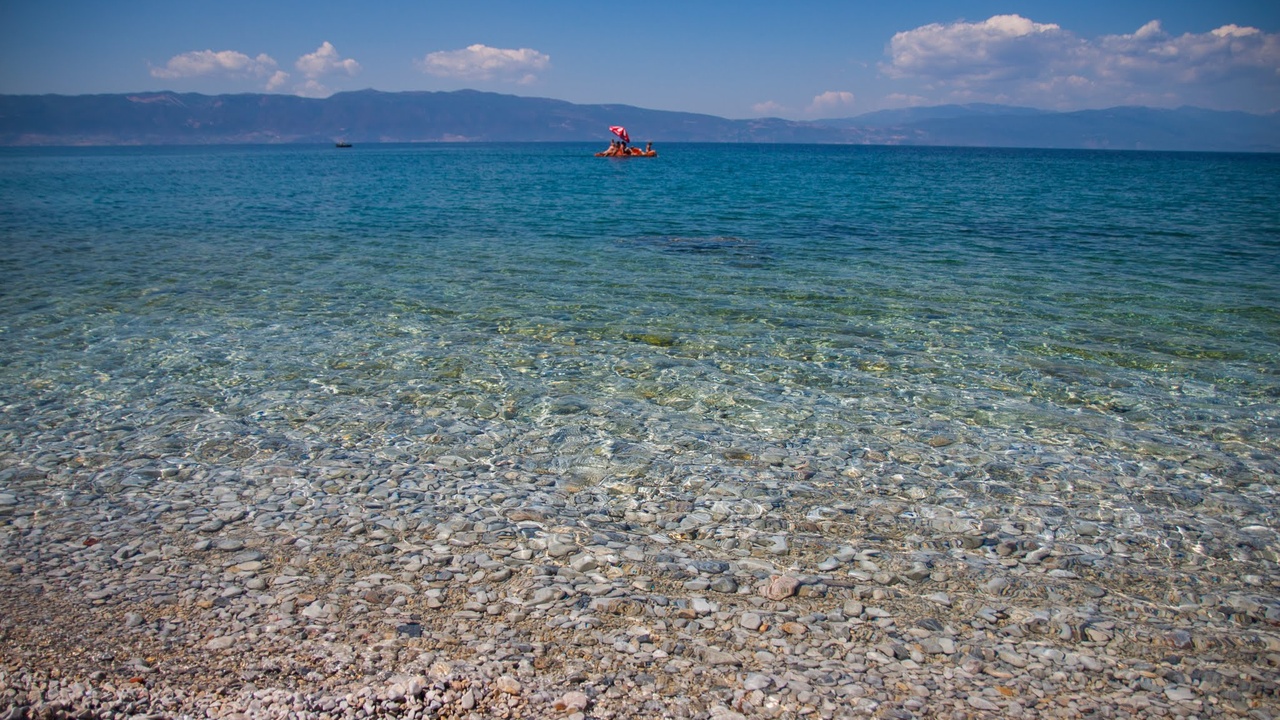
Don’t let the map fool you: at roughly 25,713 km² with a population near 2.08 million, North Macedonia packs a surprising range of terrain into a compact area. Think glacial lakes with unique freshwater life, mountains that top 2,700 meters, and national parks that are easy to reach from city centers. That variety means you can ski in the morning, hike in the afternoon, and watch a tranquil lakeside sunset before dinner.
1. Lake Ohrid — a UNESCO freshwater jewel
Lake Ohrid is one of Europe’s oldest and deepest lakes and a UNESCO World Heritage Site (inscribed 1979). The lake covers about 358 km² and hosts numerous endemic species, which is why its clear waters and rocky shorelines feel almost otherworldly. The lakeside town of Ohrid combines seaside promenades with medieval churches and narrow lanes.
Visitors love swimming in the clear coves, taking short boat trips to St. Naum or tiny monastery islets, and photographing the Church of St. John at Kaneo at sunset. Add a stroll through the old town and you’ve got easy, memorable half- or full-day outings.
2. Mavrovo and accessible national parks
North Macedonia’s national parks sit surprisingly close to population centers and deliver year-round options. Mavrovo National Park combines forests, a lake, and ski runs; Pelister offers glacial lakes and the endemic Molika pine. Major parks are typically about 1.5–2 hours from Skopje, making them perfect for weekend escapes.
Practical uses range from family hikes and wildlife watching to winter skiing in Brezna. Local trails are well-marked, outfitters provide rentals and guides, and small mountain villages make for authentic overnight stays.
3. Dramatic peaks — Mt. Korab and alpine scenery
Mount Korab rises to 2,764 m and provides alpine vistas without long road transfers. Trailheads are accessible, and routes vary from demanding multi-day treks to achievable day hikes for fit visitors.
Hikers and photographers come for the panoramic ridgelines, high-altitude flora, and summer pastures where shepherding traditions continue. Plan alpine trips mainly in the June–September window when trails are usually snow-free and visibility is best.
Cultural and Historical Heritage
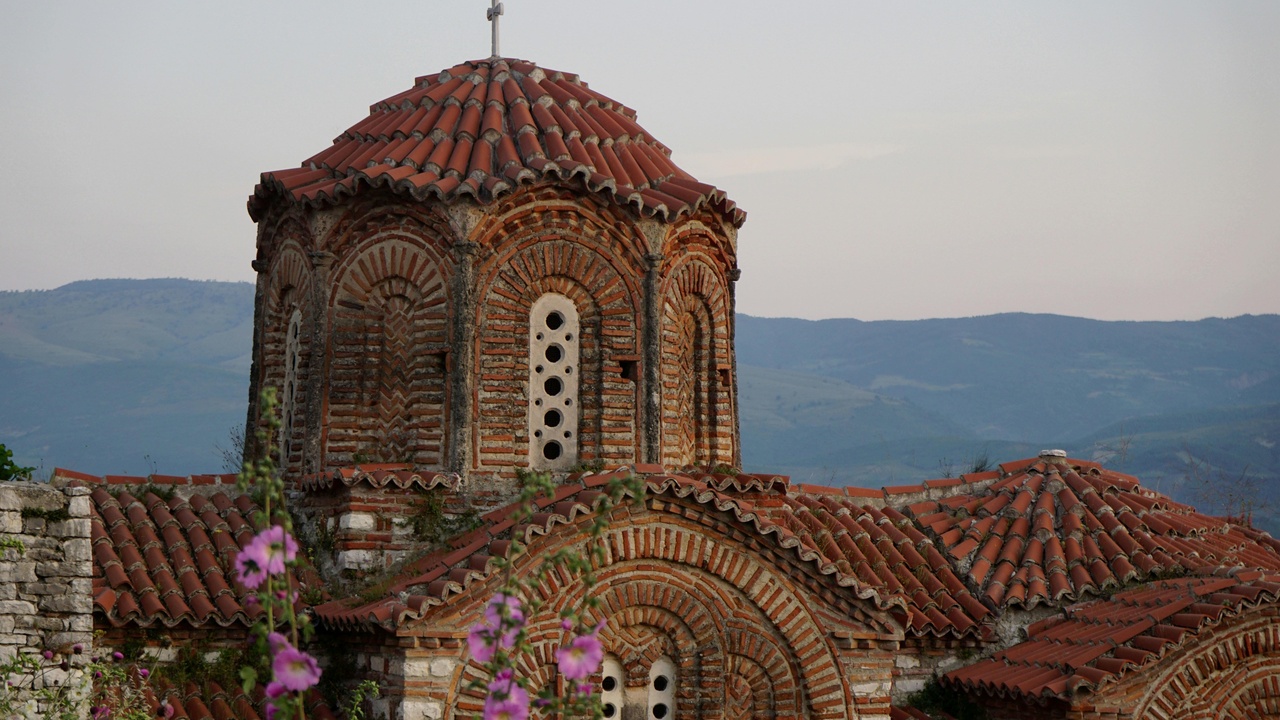
North Macedonia sits at a crossroads of Illyrian, Roman, Byzantine, Ottoman and modern Balkan influences. The country declared independence in 1991, implemented the Prespa Agreement and the name change in 2019, and joined NATO in 2020. Those layers show up everywhere—in archaeological sites, in living traditions, and in a rapidly evolving cultural scene.
4. Ohrid’s historic town and medieval churches
Ohrid’s old town reads like a medieval tapestry. Byzantine churches and frescoed interiors cluster among cobbled alleys, and ruins from the 10th–13th centuries sit within easy walking distance of lakeside cafes.
Highlights include the Church of St. John at Kaneo perched above the water, a remarkably preserved ancient theatre, and guided walking routes that reveal frescoes and hidden viewpoints ideal for photography and history-focused travelers.
5. Kokino and prehistoric astronomy
Kokino is a Bronze Age megalithic observatory that drew international attention when NASA referenced it in 2005. Dating to the second millennium BCE, rock alignments mark solar positions and create dramatic sunrise and sunset viewpoints.
A morning visit to watch the light fall across petroglyph-like formations pairs well with nearby village tours or regional wineries, making Kokino an accessible and photogenic day trip from Kumanovo or Skopje-area bases.
6. Skopje — modern capital with layered stories
Skopje surprises visitors with its mix of Ottoman bazaars, grand new monuments, and compact museums. The Stone Bridge connects the old and new quarters, while the Old Bazaar is full of cafes, craft shops, and spice-scented lanes.
Skopje was reshaped after the 1963 earthquake, and today you can ride the cable car to Mount Vodno for city panoramas, visit the Mother Teresa Memorial House (she was born in Skopje), and explore museums like the Archaeological Museum for a quick cultural snapshot.
Outdoor Activities and Adventure
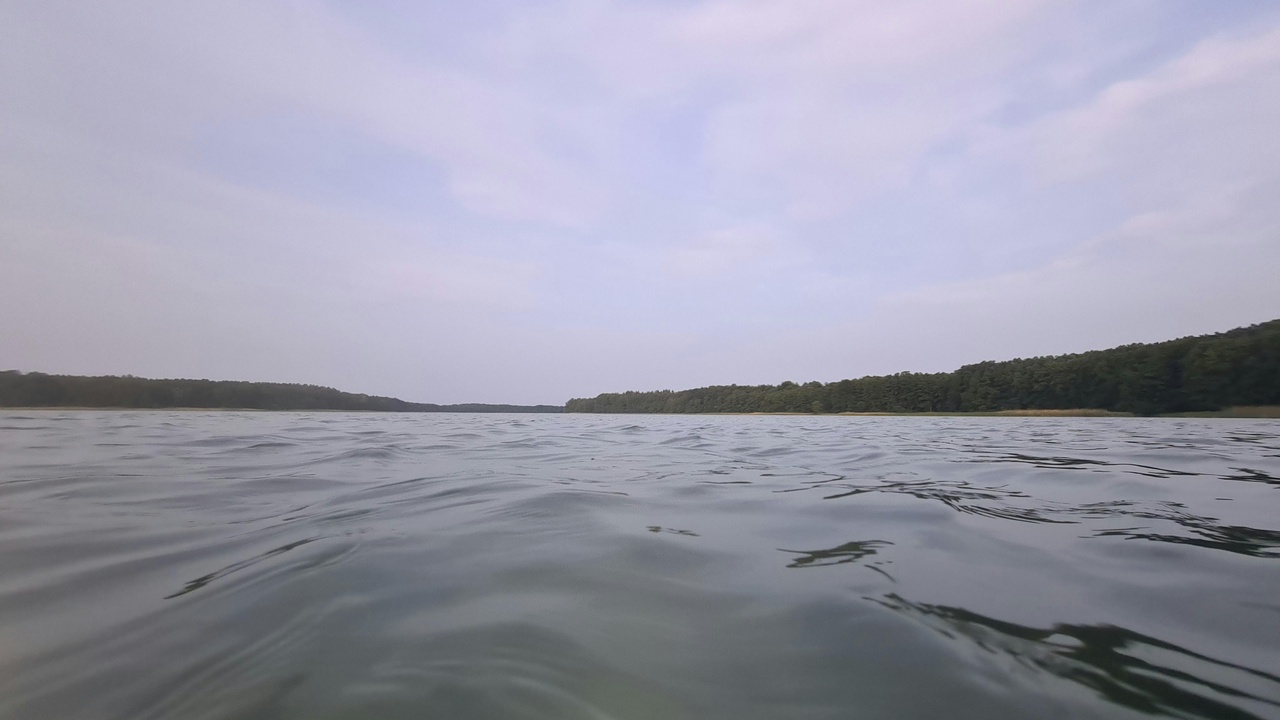
Consider North Macedonia an affordable adventure playground: rafting and kayaking, cycling, climbing, skiing and backcountry hiking are all within short drives of towns and transport hubs. Outfitters are competitively priced, and you rarely encounter the crowds common on Western Europe routes.
7. Hiking, skiing, and mountain sports for all levels
Trails range from gentle lakeside walks to ridge routes across the Šar and Korab ranges. Winter skiing at Mavrovo draws weekend crowds, while summer hiking is best between June and September.
Families will find easy paths by lakes, while seasoned hikers can tackle multi-day hut-to-hut routes with local guides. Weekend ski trips to Mavrovo or longer alpine itineraries are both straightforward to organize.
8. Rivers and cycling — low-traffic routes and water sports
The Vardar and Radika rivers offer everything from peaceful floats to more technical rafting runs, and country roads make for excellent cycling circuits. Typical cycling loops range from short 20 km spins to full day rides of 40–60 km.
Guided half-day rafting or kayaking trips on tributaries near Matka Canyon suit casual travelers, while longer guided cycling tours explore vineyards and lakeshore roads around Ohrid. Local outfitters handle logistics, gear, and transfers.
Food, Cities, and Practical Travel Benefits
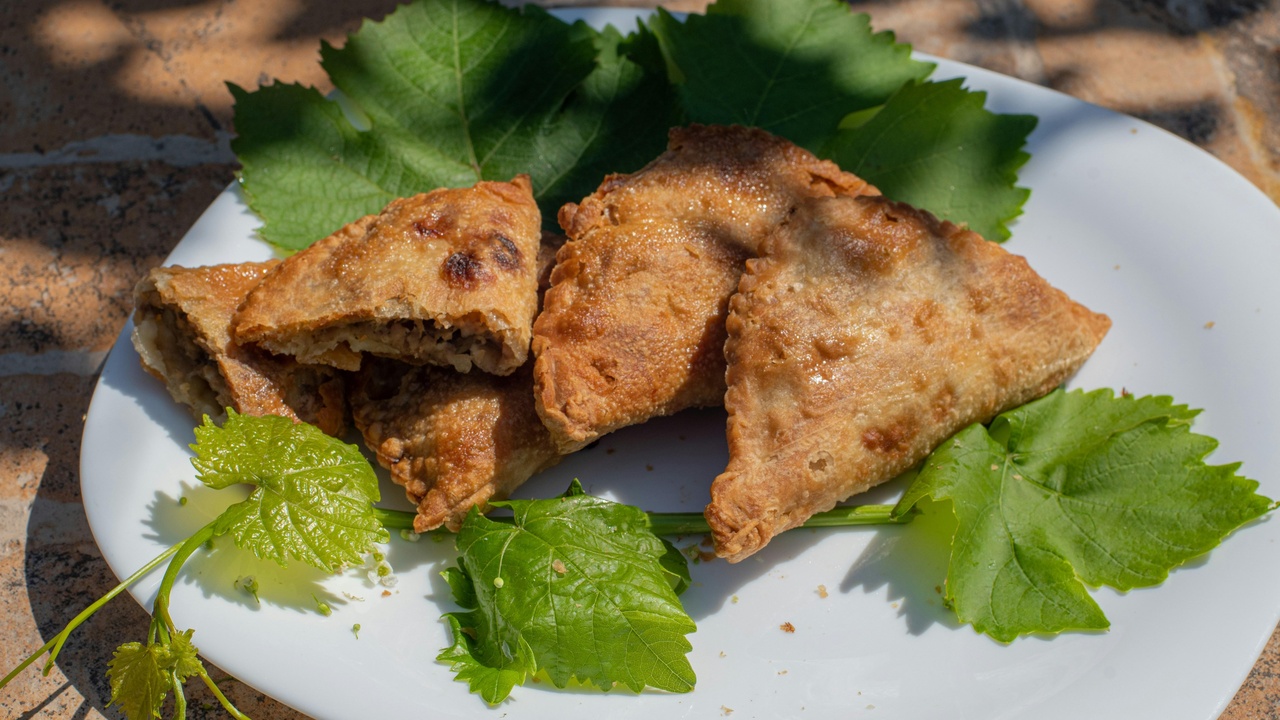
Beyond scenery and sites, North Macedonia is easy on the wallet and kind to short itineraries. Prices for meals, transit, and lodging are significantly lower than in Western Europe, distances between highlights are short, and hosts are genuinely welcoming. At the same time, an emerging food and wine scene—anchored by regional producers—means good meals are never far away.
9. Food and wine — bold flavors, local producers
Macedonian cuisine blends Balkan, Mediterranean and Ottoman influences into hearty, flavorful dishes. Expect tavče gravče (baked beans), ajvar (pepper spread), and flaky burek at morning bakeries. Markets in Skopje and Ohrid hum with fresh produce and baked goods.
The Tikveš region is the country’s most famous wine area, and family-run wineries offer tastings and cellar tours. A typical food day could mean a lakeside plate of tavče gravče followed by an afternoon tasting at a nearby estate.
10. Affordability, compact routes, and easy logistics
North Macedonia offers strong value: meals at local restaurants are often available for €10–€15, and budget hotels commonly fall in the €40–€60/night range. Major sights are clustered, so most are reachable within 1–3 hours of each other.
Air access is straightforward via Skopje and Ohrid airports, buses link towns reliably, and many nationalities enjoy visa-free entry. Day-trip loops—Skopje to Matka Canyon or a quick bounce to Mavrovo—make it easy to build varied itineraries on a short schedule.
Summary
- Lake Ohrid’s UNESCO shores and Kokino’s Bronze Age observatory offer rare, tangible links to ancient life and astronomy.
- The country’s compact size (about 25,713 km²) means short transfers between mountains, lakes, and cities—ideal for weekend escapes and multi-stop trips.
- Outdoor variety is impressive: alpine hikes (Mt. Korab at 2,764 m), skiing in Mavrovo, rafting, and cycling routes from 20–60 km suit many ability levels.
- Affordability and approachable logistics—meals often €10–€15, budget hotels €40–€60, and airports in Skopje and Ohrid—make travel planning simpler and cheaper.
- Top reasons to visit north macedonia include UNESCO heritage, layered history, accessible wilderness, and a growing food-and-wine scene—try a shoulder-season trip (May–June or Sept–Oct) for the best balance of weather and crowds.

